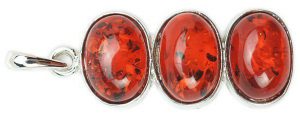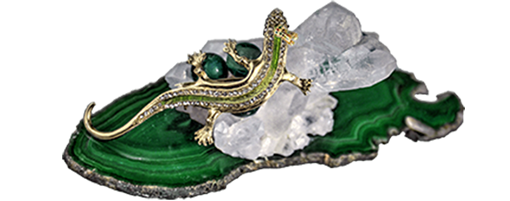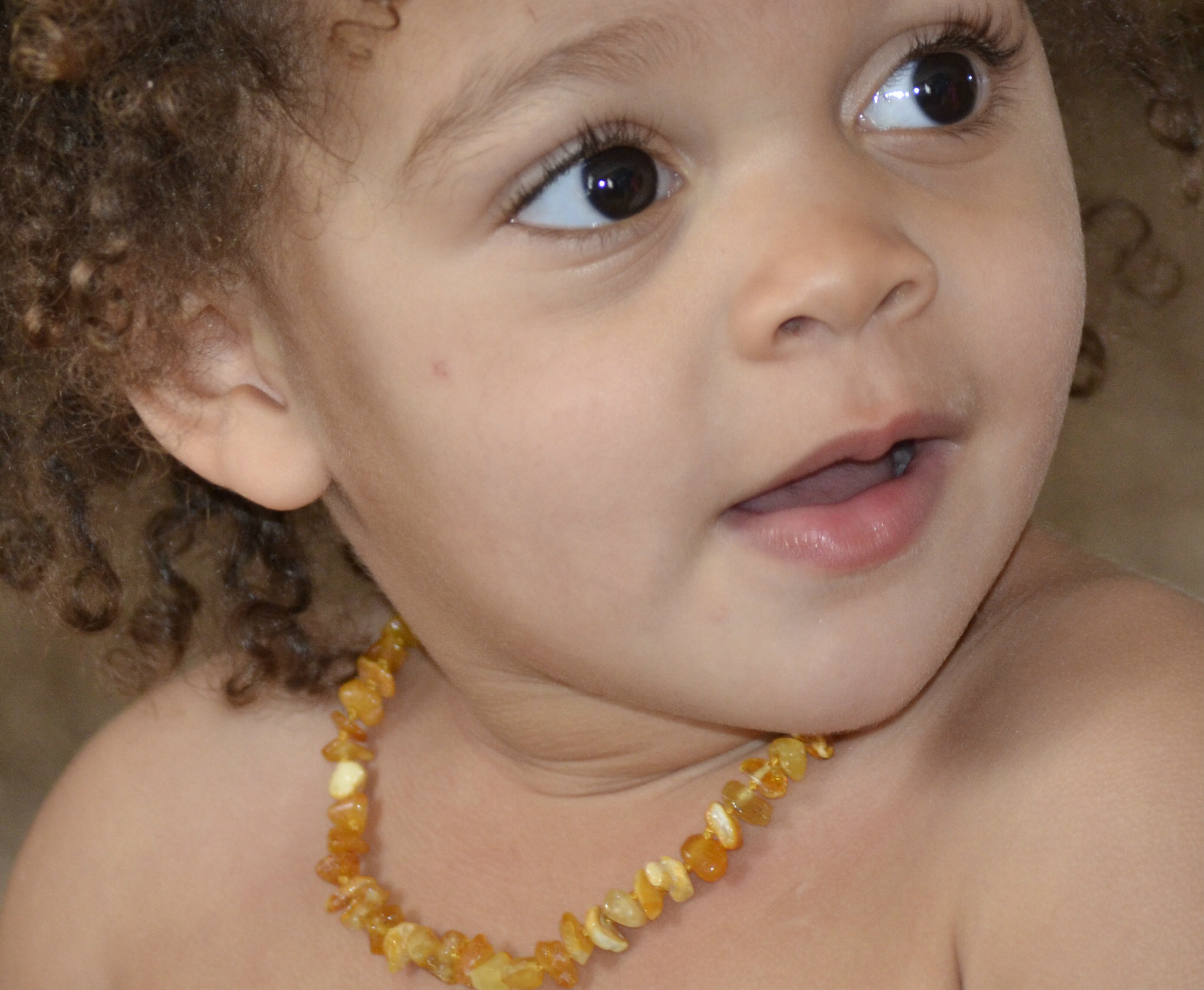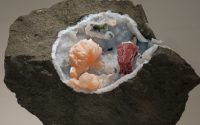5 Ways to Identify genuine Amber
How to Identify Real Amber from Imitations?
These 5 tests you could run on your own to determine whether an amber specimen is real or fake.

- Touch temperature test: Both amber and copal are warm to the touch, while glass is cool. If your specimen is warm, it must not be a piece of glass. Proceed to test amber vs. copal.
- Static electricity test: This is the simplest and safest test. Amber, when rubbed on cloth, becomes electrostatically charged and can pick up bits of paper, lint, or other light particles. Also, when amber gets slightly warmed up by the friction, it produces a light but specific smell, something like a burning wool thread.
- Buoyancy test: Genuine amber will float in seawater and sink in fresh water. Place a sample into a salt-saturated water (about 2.5 tablespoons per 1 cup water). If it sinks, it’s an imitation.
- Solvent test: The immature resin copal, and plastic fake amber will deteriorate when in contact with a solvent. A few drops of acetone (fingernail polish remover) or alcohol (95% ethyl alcohol) dripped over the surface of the piece will reveal if it holds up to the solvent. True amber will not feel tacky or dissolve under these solvents.
- Heat test: Heated amber will produce a whitish smoke and smell like burning pine wood, sweet and pleasant. This test might be not an option for you because it will ruin a tiny spot of a sample. However, if you are testing raw specimens, or have an extra bead in your piece of jewelry, which you can afford to lose, you may do the following. Take a needle, hold it with tweezers and heat it up. While the needle tip is very hot, poke the sample in question in an unobtrusive place. The material will burn and give off an odor. Plastics give off a disinfectant type odor of camphor or carbolic acid, and no smoke. The hot point will make the plastic sticky and leave a black mark. Genuine amber will smell like burning pinewood. The hot point will make it brittle and chip off.
Amberoid, autoclave-treated copal, heat-treated color enhancements to genuine amber, and false insect inclusions are impossible to detect on a spot. Some of these techniques are questionable in the classification of genuine/falsified gemstone, and as soon as the description and the price reflect the quality and the process of production, there is no crime in making and producing an affordable and still beautiful jewelry using certain tricks for enhancements.
However, please buy your most valuable jewelry pieces from a trusted seller, and even then have an independent expert check the genuineness of your jewels under the microscope.
If you have any additional tips, please share them in the comments below. I look forward to hearing back from you!




Julia, you have such great knowledge and passion for stones and it translates! Thank you for sharing your understanding with us, with the world.
What would be your favorite stone, and why?
I like quartz. Because it is such a tender and delicate stone…
Wishing you the best
Fleeky
Hello Fleeky,
Thank you so much for taking the time to browse my website and write to me. Yes, I am glad that you could feel my love and passion for the stones and appreciate my knowledge. If you could see me speaking about these stones and minerals, you’d notice sparkles in my eyes. Eyes don’t lie. I am so glad that I could deliver my genuine feelings through writing.
It’s hard to tell what my favorite stone is… Probably agate, especially moss agate. Agates are very different – some colorful, some – just tints of gay and blue with bizarre patterns. By the way, quartz is a huge family of minerals. Chalcedony is part of the quartz family, and Agate is one kind of Chalcedony 🙂 So, I love quartz too. But, from a pure quartz branch of the family, I probably like the smoky quartz the most. I also love organic gems – amber, and pearl, and oral.
Thank you again for your comment. All the best to you!
~ Julia